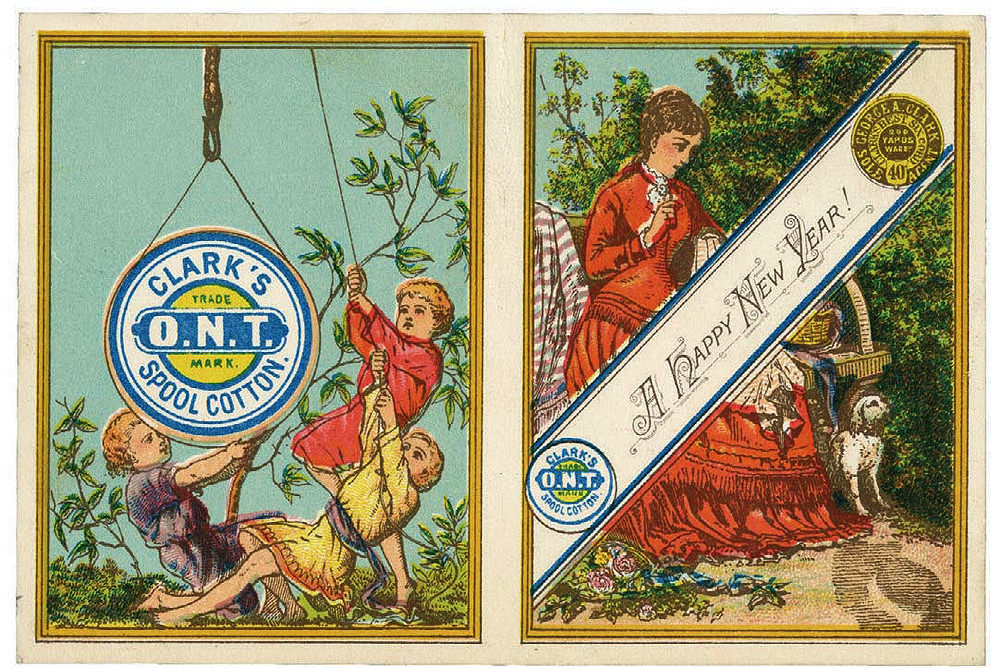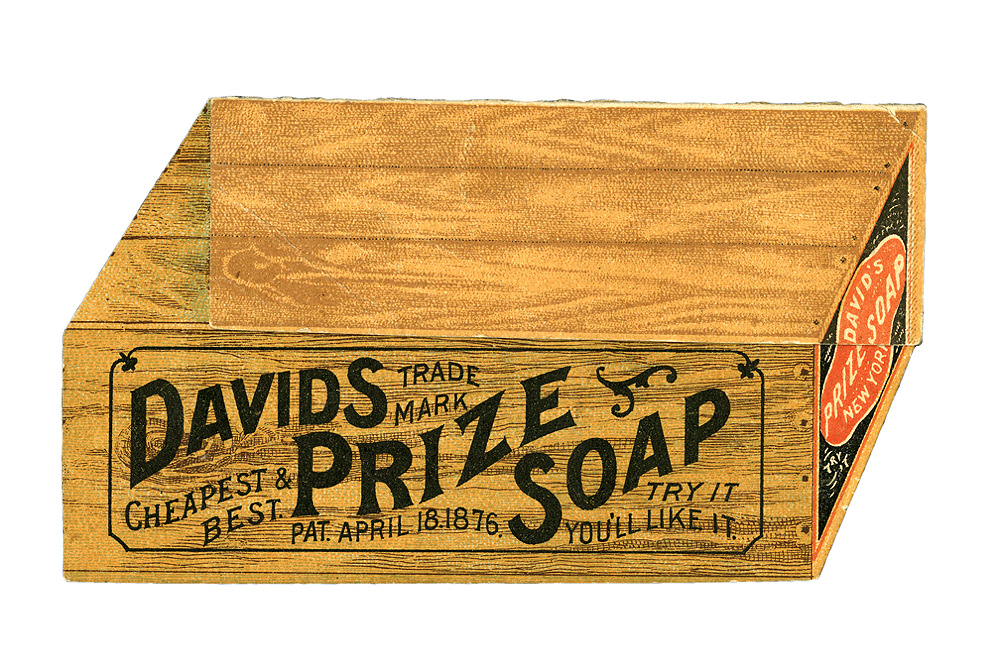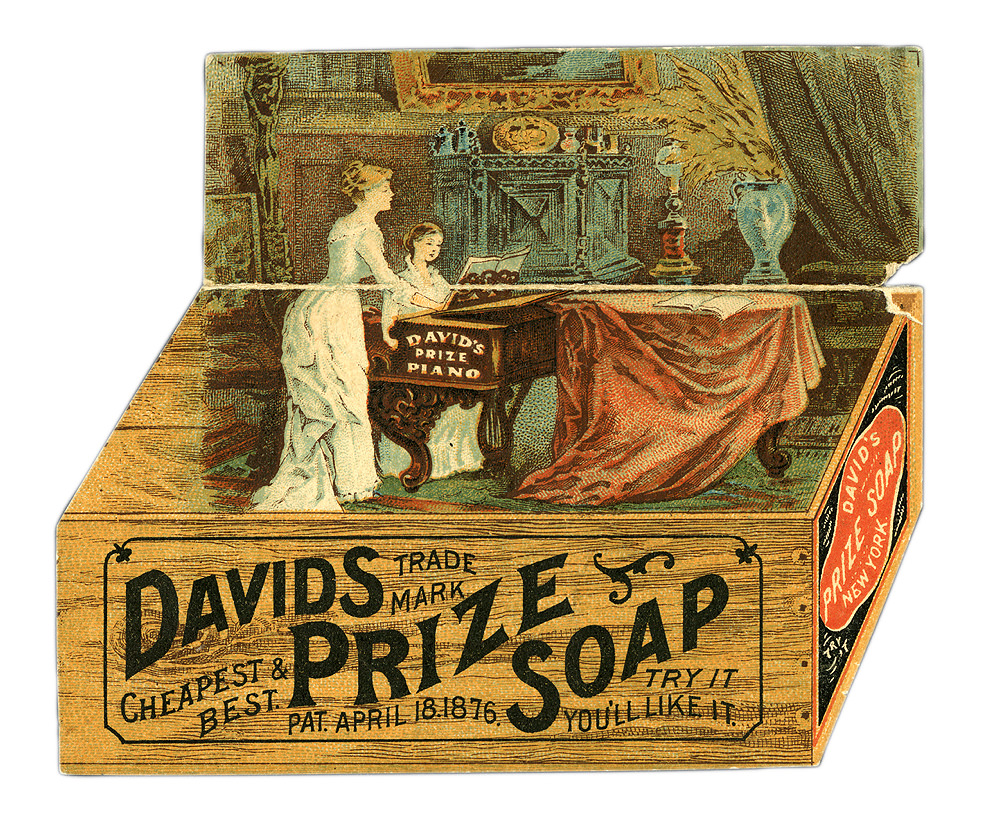Trade Cards, Eye-Catching Heralds of Mass-internet marketing
2 min readIn the United States, the late nineteenth century was an age of creation. Devices for stitching and laundering clothing heralded reduction from domestic drudgery. Packaged foodstuff, like tinned meats and breads, designed their mass-industry debut, and patent medicines—reassuringly labeled “vegetable only”—claimed to overcome just about any digestive ailment, from “dyspepsia” to “biliousness.” In the meantime, a growing rail procedure delivered a way to distribute this explosion of purchaser merchandise. Suppliers desired to showcase their products. So, at checkout in the area common retailer of 1880, the proprietor could possibly have slipped into your package deal a colourful trade card—to be found later on, maybe by the youngsters of the residence, to their delight.

Trade card courtesy of the Baker Library Historical Collections/Harvard Organization University
Trade cards had been built to charm even extra so to females, who created most of the home purchasing selections. The cards often showcased photographs of flowers, animals, and cherubic boys and girls, or patriotic icons like Uncle Sam and Girl Liberty, to promote items or companies: skin lotions and corsets, teas, tobacco, and tailors.


Trade cards courtesy of the Baker Library Historic Collections/Harvard Company College
They give “a intriguing glimpse at printing, marketing, and marketing and advertising technological innovation of the time,” claims Christine Riggle, the distinctive collections librarian for printed components at Baker Organization Library, which has digitized about a thousand examples from its assortment of advertising ephemera. Frequently gathered in albums designed particularly for the function, most ended up rectangular, and ranged in between the size of a playing card and postcard. The earliest examples, relationship to 1860, were being printed with black ink only. But immediately after the Civil War, chromolithography allowed low-cost, industrial-scale shade printing for the first time. Other improvements followed. Die-slice playing cards enabled brands to mimic the shape of their goods. The card advertising David’s Prize Cleaning soap (below) takes die-cutting a action further: a fold permitted future clients to “open the lid” of the cleaning soap box and see just how nice a live performance in the drawing space could be. The playful peek-a-boo boy on a donkey advertising Common Java coffee (recto and verso, previously mentioned), is one more style of metamorphic, or “before and after,” card. Particularly ingenious sorts took edge of optical illusions. Placing her nose versus just one example, a girl could see a product consider on a black corset. Turning yet another card upside down would reveal a new picture.
Printed catalogs and journal promotion began displacing trade playing cards in the 1890s. But their legacy stays. The getaway greeting-card market started with messages from advertisers wishing their customers “Merry Christmas” or heralding a new calendar year.






